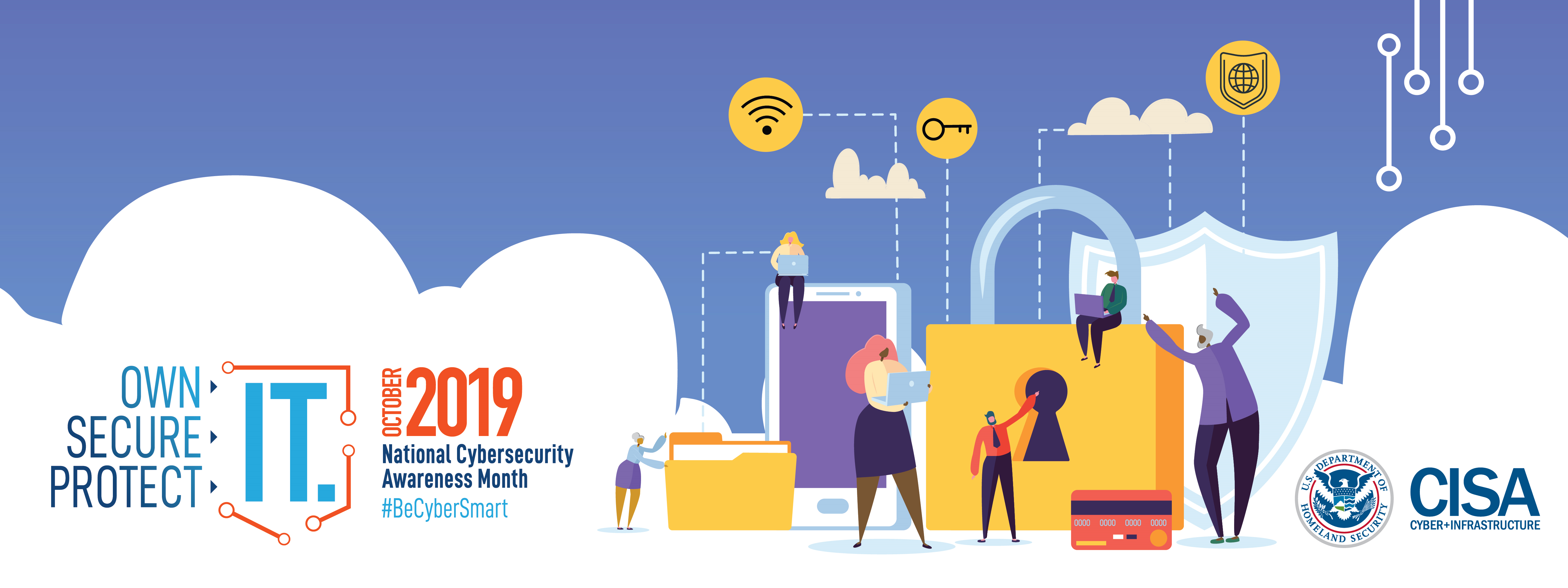
The statistics are alarming
In a recent Wakefield Research and Webroot survey of 4,000 professionals, almost half of the respondents (approximately 49%) admitted to clicking links received from unknown senders at work. Fifty-nine percent of respondents admitted to this risky behavior multiple times.
Phishing attempts are on the rise and according having increased in recent years by 400%. Even trusted sites and domains can harbor risks and malicious activity embedded by hackers who are financially motivated to get your data. By not taking the basic precautions, like changing your password after a compromise, the risk of becoming a statistic is alarming.
Don’t be a victim. Incorporate a few simple browsing tips to help prevent a compromise.
Here are a few best practices to follow:
- Recognize scare tactics such as messages regarding an account compromise or bank breach. Most of these messages are phishing attempts. Verify the email source before taking action.
- Do not click links, download files, or open attachments from unknown senders.
- Verify contact information in messages that appear to be from known senders to ensure the email is valid.
- Check link URLs to ensure the link address is a valid site before clicking any emails links, even from known senders.
- Never give your password, personal, or financial information to anyone with whom you did not initiate the interaction.
Click here to view the National Cyber Security Awareness Month information sheet on Identity Theft and Internet Scams for more information.

